Category: Current situation
-
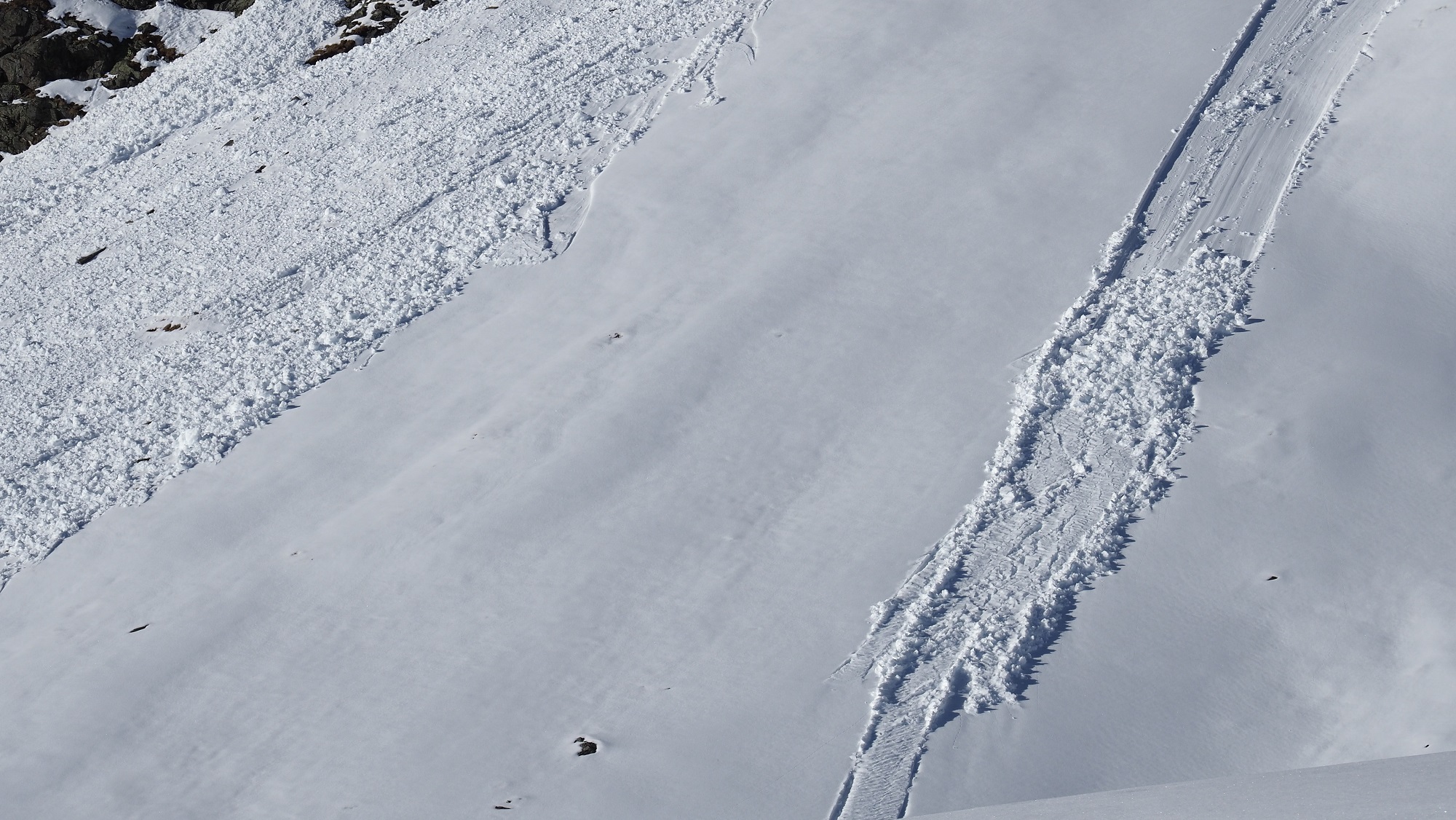
Low avalanche danger widespread, not much snow
The avalanche situation in Tirol is favorable, but adequate backcountry tours are scant due to lack of snow. At least until the end of next week, high-pressure front weather will predominate, thus, no change is in sight. For this juncture of the season: too mild, too sunny, too dry. Few danger zones for avalanches to…
-

Avalanche prone locations mostly in very steep shady terrain above 2400m
Avalanche danger has receded over the course of the week. Moderate danger still prevails above 2400m from region to region in North Tirol, otherwise the danger level is low. Caution still urged especially on very steep shady slopes at high altitudes. Only few avalanche prone locations, lots of spots lacking much snow The Snowpack A…
-
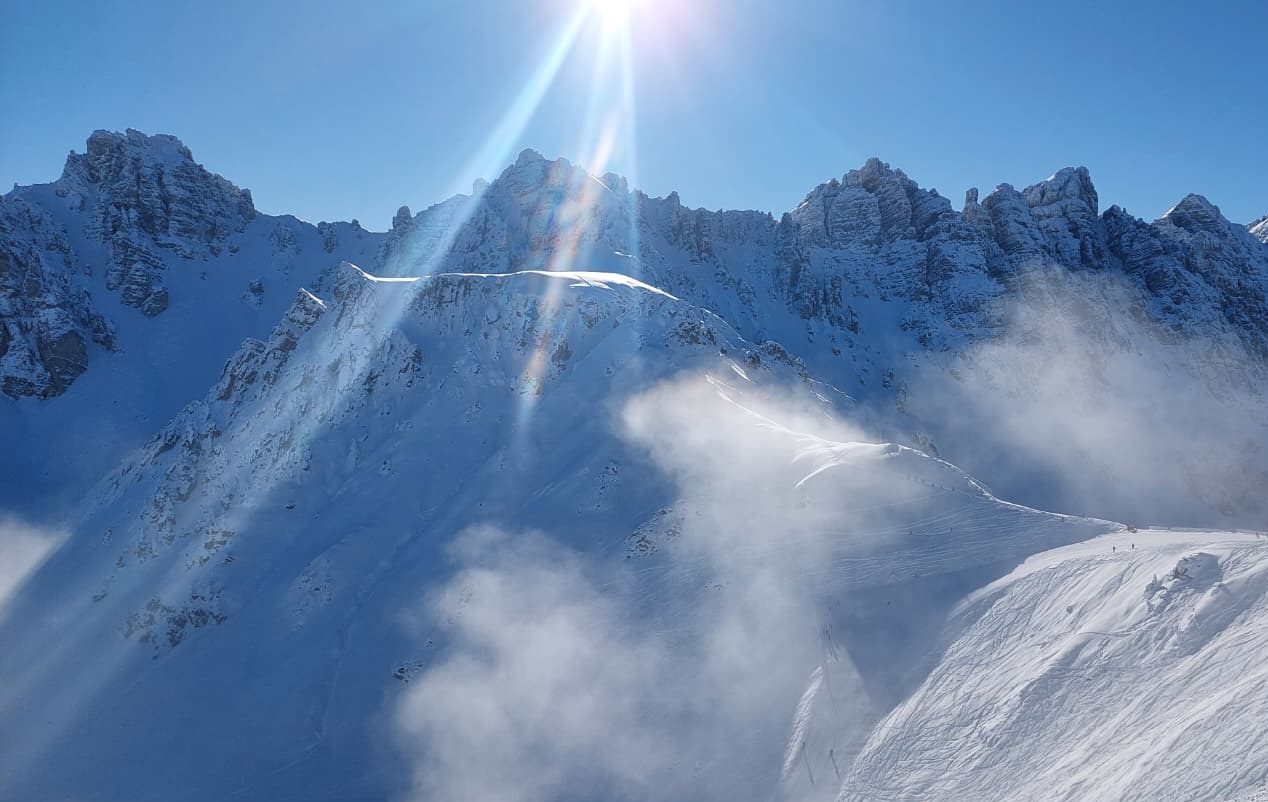
Daily avalanche bulletins start. Caution: weak old snow, esp. on high shady slopes.
Slab avalanches triggered by persons today, Thursday, 27.11.2025, demonstrate the current situation: very unstable. Caution urged particularly on very steep shady slopes above 2200m, where faceted weak layers in the old snow are prone to triggering. One single individual can release an avalanche in some places. In the regions of North Tirol with the most…
-
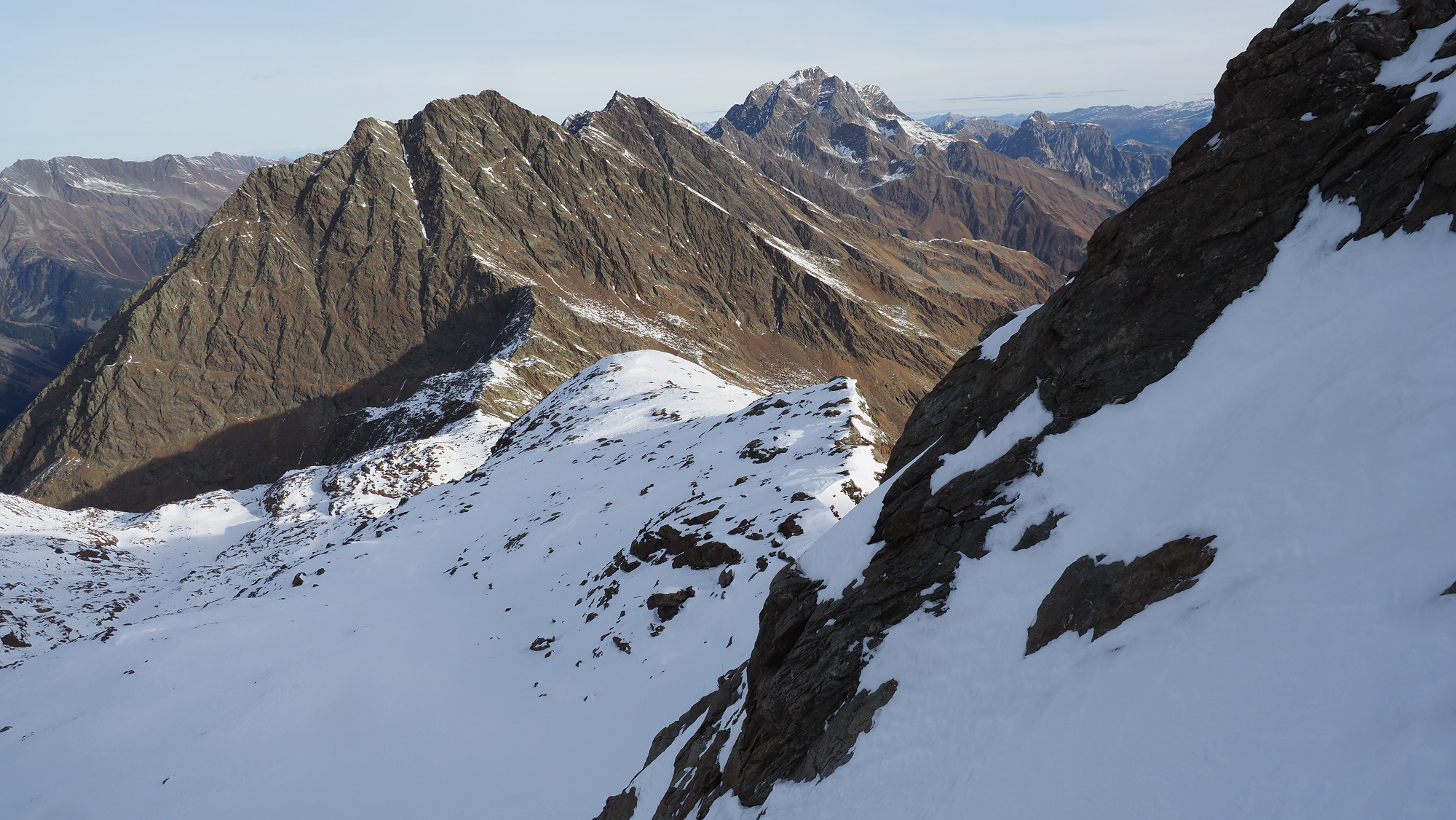
Caution: fresh snowdrifts esp. on shady slopes at great heights
Some fresh fallen snow and intermittent strong-velocity northerly winds particularly along the Main Alpine Ridge are leading to freshly generated snowdrift masses. These masses are prone to triggering in places, especially in protected bowls and basins at great heights and in glaciated terrain. As a result of fine weather in coming days, avalanche prone locations…
-
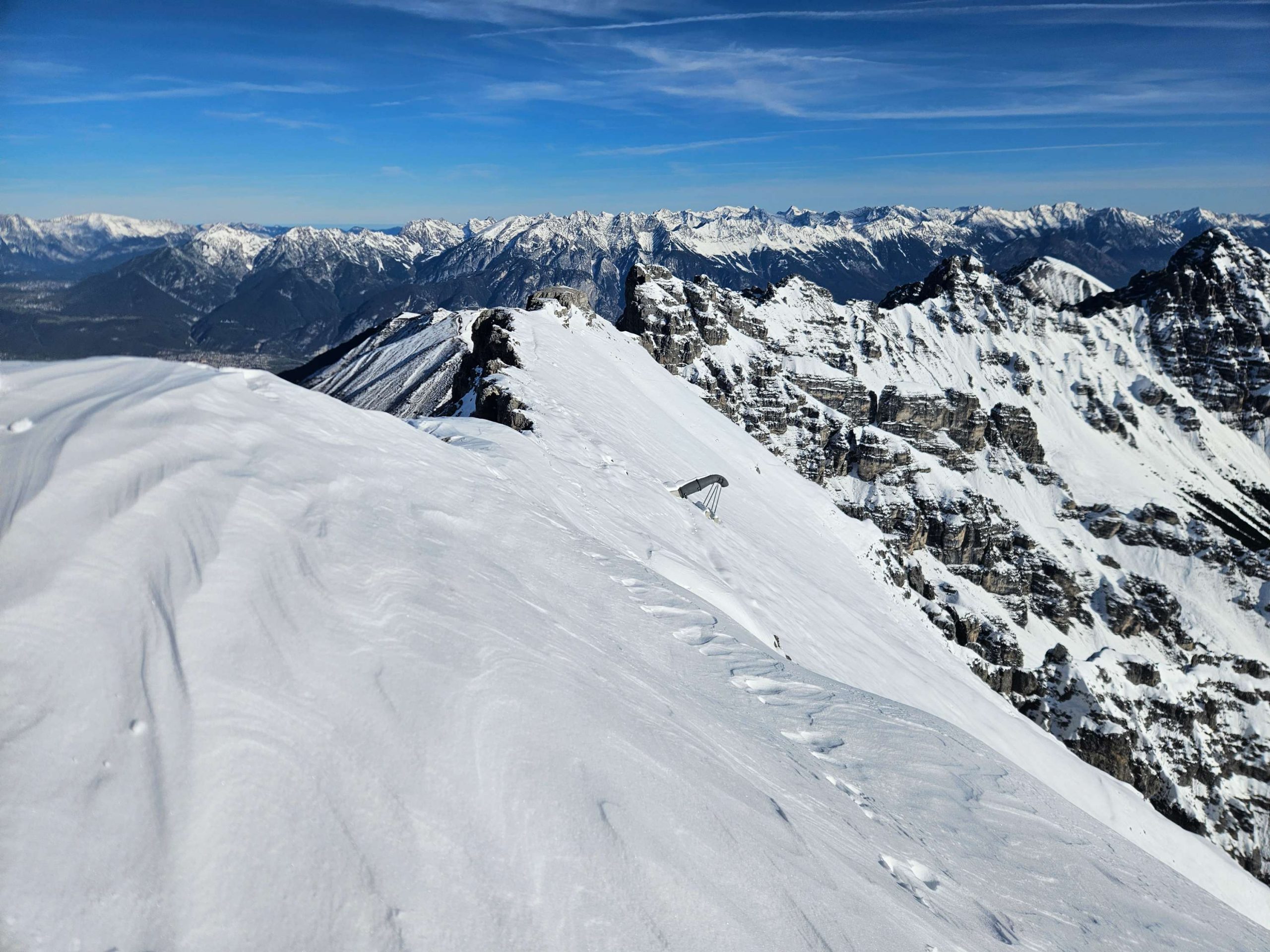
Review of first onset of winter this season
As was forecast, it snowed as much as 50cm in the western regions, locally even more, on Monday, 27.10. For a brief spell, you even had to watch out for slab, glide-snow and loose-snow avalanches. The higher temperatures which followed in its wake provided a swift decrease in avalanche danger and rapid melting of the…
-
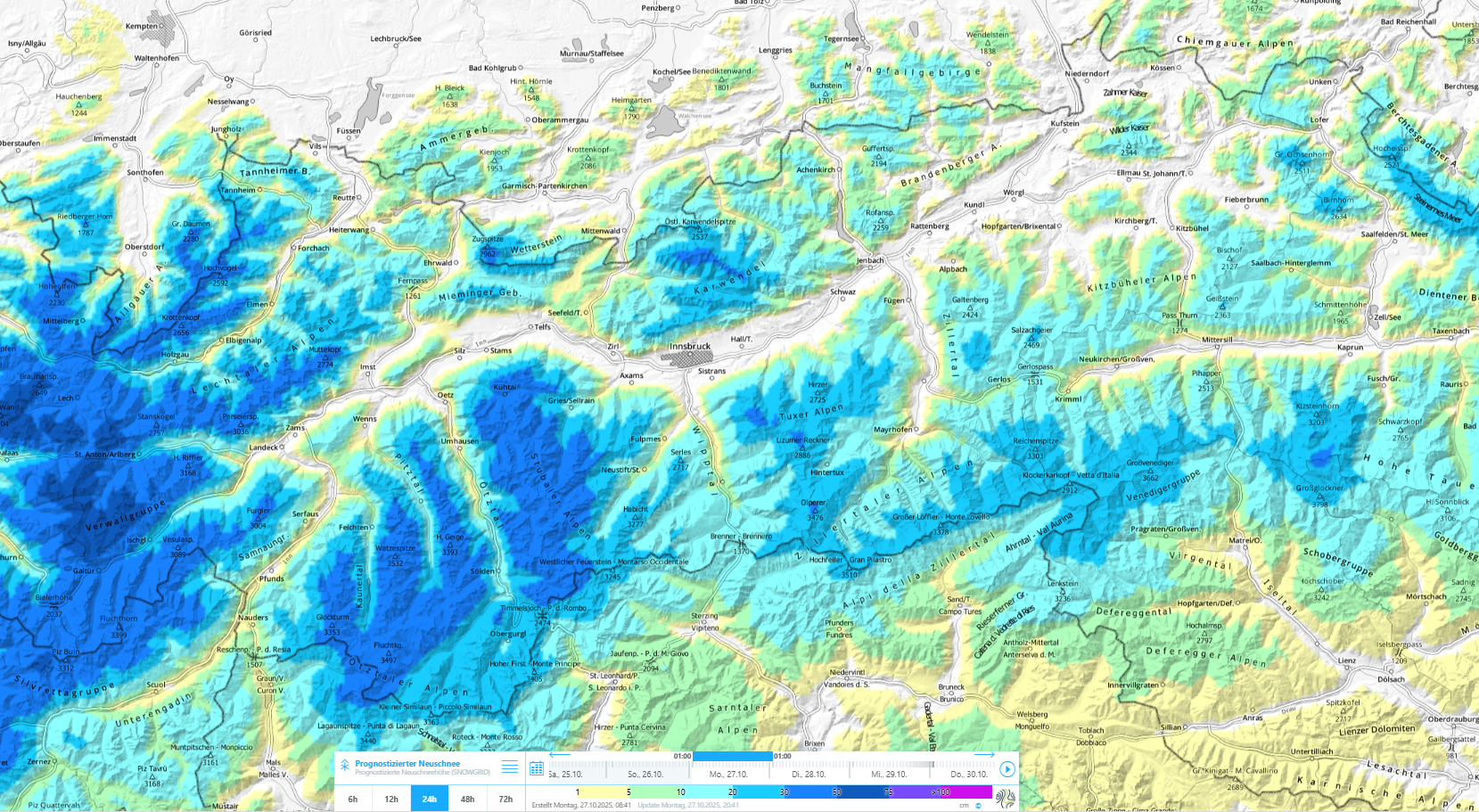
Lots of fresh snow regionally plus storm-strength winds: avalanche danger rising significantly esp. in western North Tirol
Intensive snowfall and winds will cause avalanche danger to rise significantly in Tirol starting on Monday 27.10. Particularly in the regions with most snowfall, naturally triggered dry-snow small-to-medium sized avalanches can be expected. Higher temperatures and solar radiation will lead to heightened activity of moist loose-snow avalanches in steep rocky terrain. As the snow settles,…
-
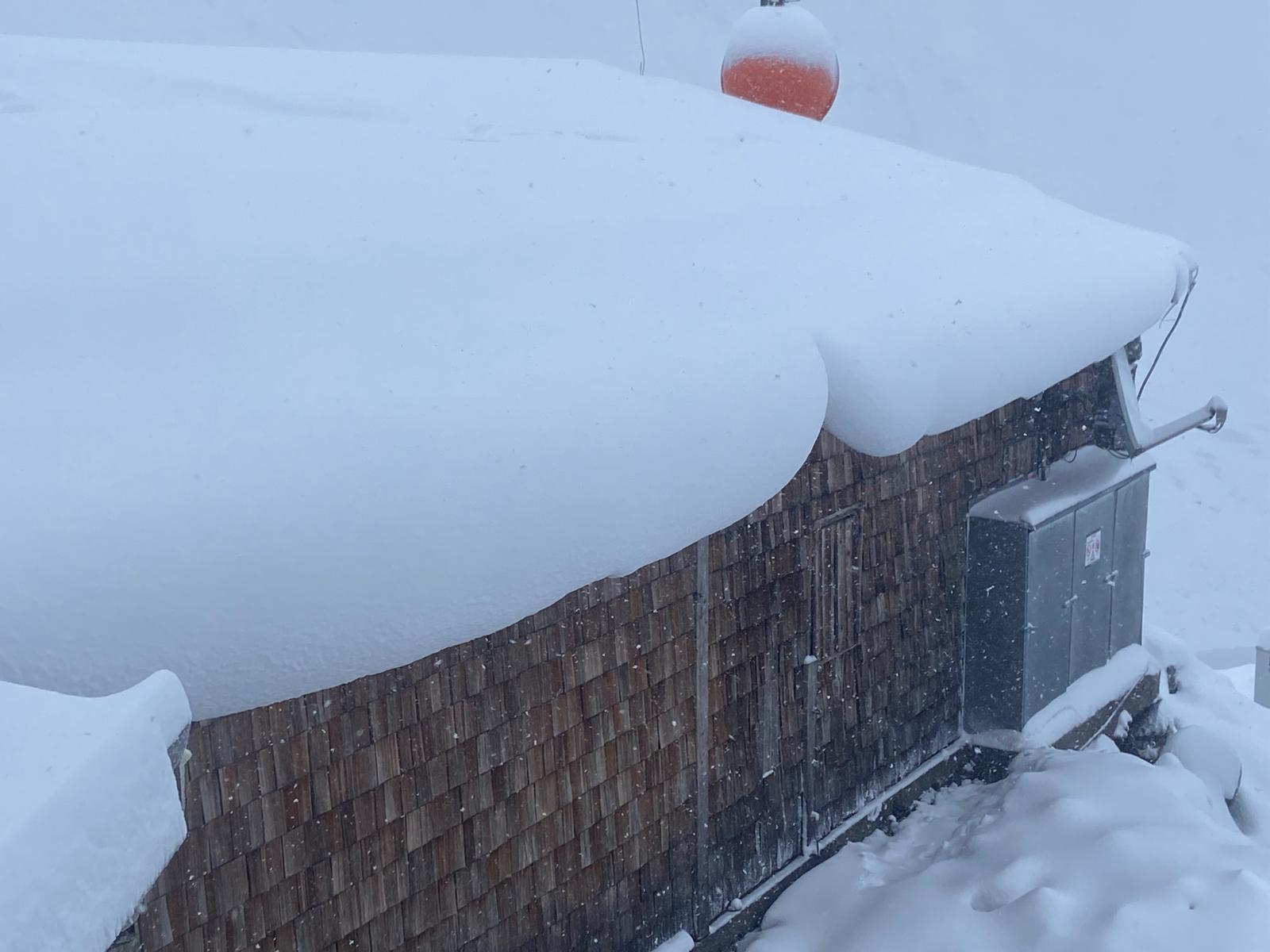
Wintertime conditions in the mountains – potential avalanche danger for a brief spell
There has been significant snowfall in recent days particularly in the Zillertal Alps and Hohe Tauern: 30-80cm of fresh fallen snow has been registered at about 2800m since Monday evening, 07.07, most of which fell in the Venediger Massif. Strong velocity northerly winds transported the fresh snow far-reachingly. Freshly generated snowdrift accumulations can be prone…
-
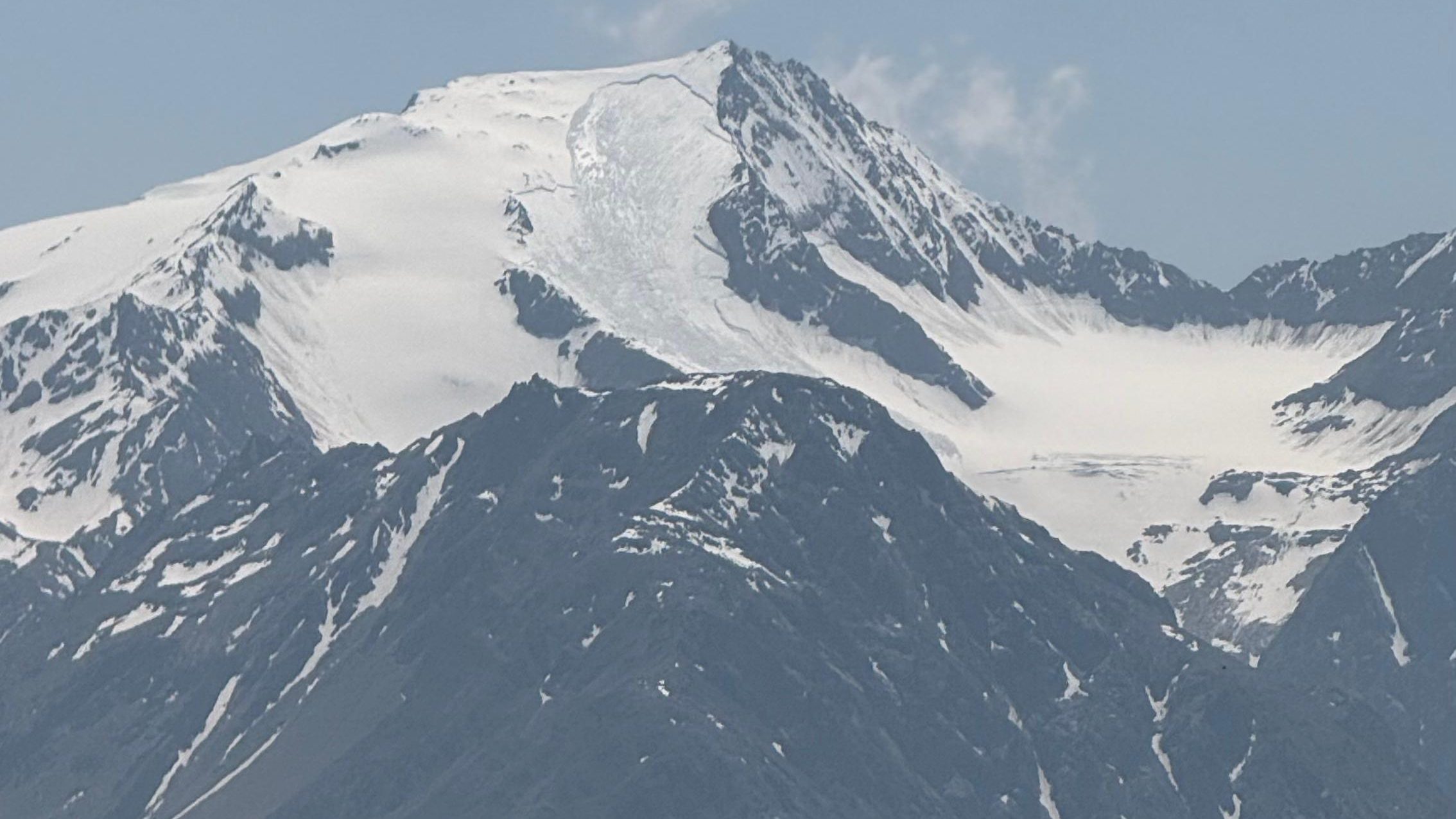
Year’s first heat wave makes weak, deep high-alpine layers thoroughly moist
With the year’s first heat wave, the last deep-lying weak layers on north-facing high-alpine slopes are being thoroughly moistened for the first time. This significant wetness is leading to naturally triggered, wet-snow avalanche activity. Whoever is en route in the high Alps needs to terminate their tour early in the day. Naturally triggered wet slab…
-
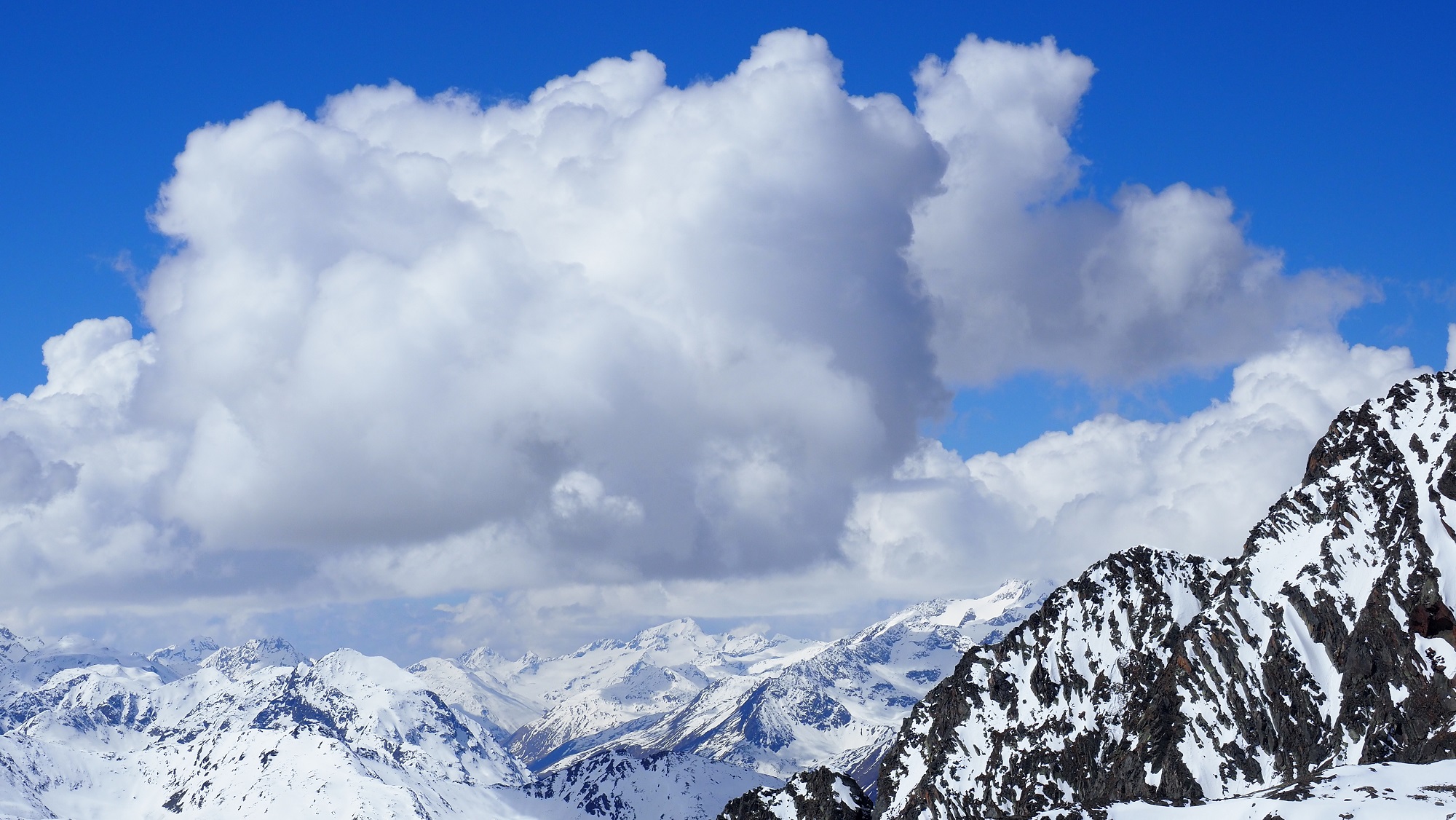
Main danger: still wet snow – weather shifting on weekend
The main danger of avalanches still stems from the wet-snow problem, quite in step with the season. Due to outgoing longwave radiation and consolidation of the snowpack during nocturnal hours followed by higher daytime temperatures and solar radiation, avalanches are subject to a daytime danger cycle. Over the next few days, air will become gradually…
-
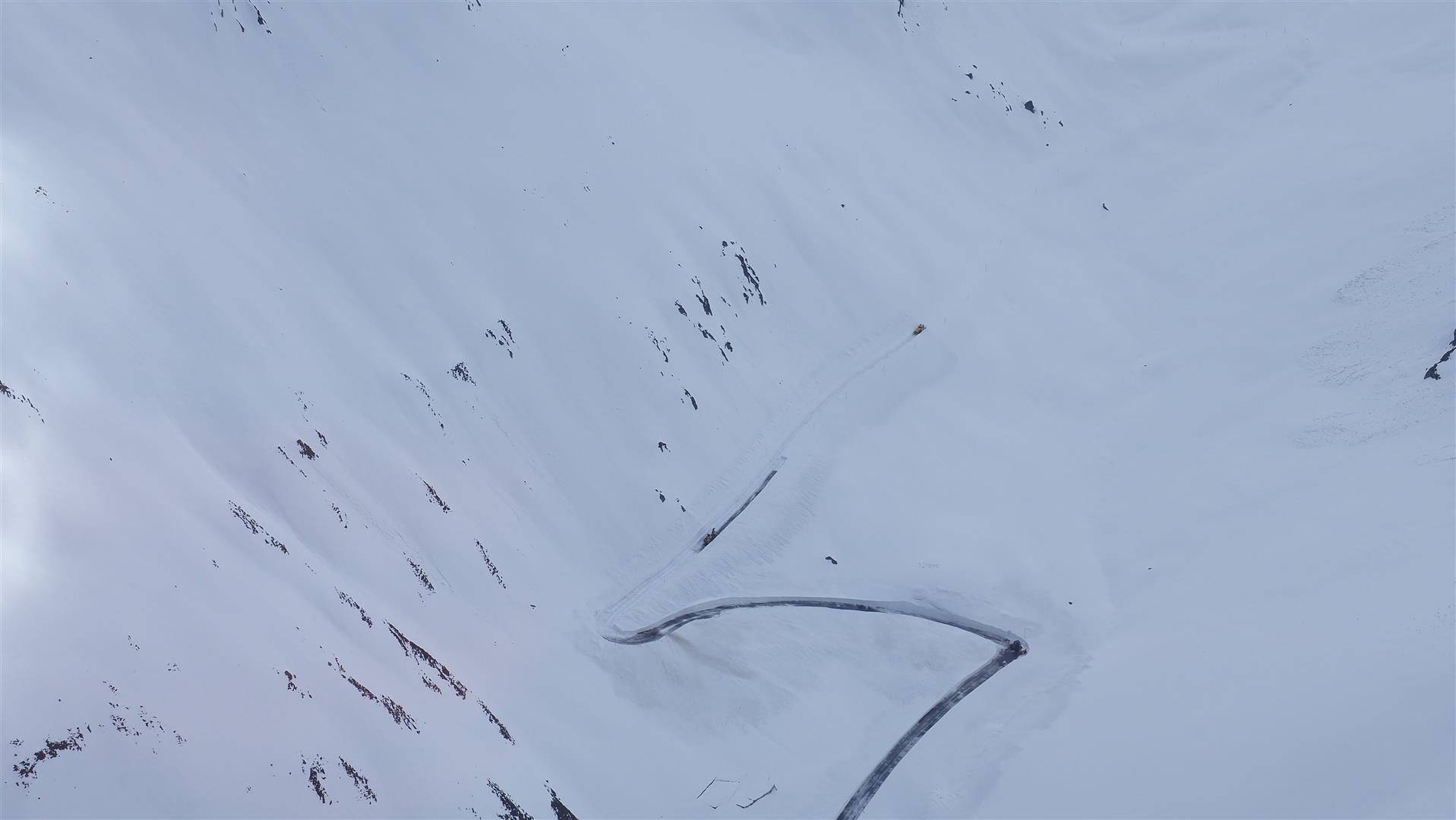
Slight snowdrift problem + wet-snow problem amid typical April weather
Last week was marked by variable April weather conditions, avalanche danger considerable regionally at the start then moderate then low. Wet-snow and snowdrifts were the prevalent problems. Two avalanche incidents involving persons occurred: on 20.04 two persons below the Liebenerspitze in the Gurgler Massif were caught in a slab avalanche. On 19.04 the snow melted…